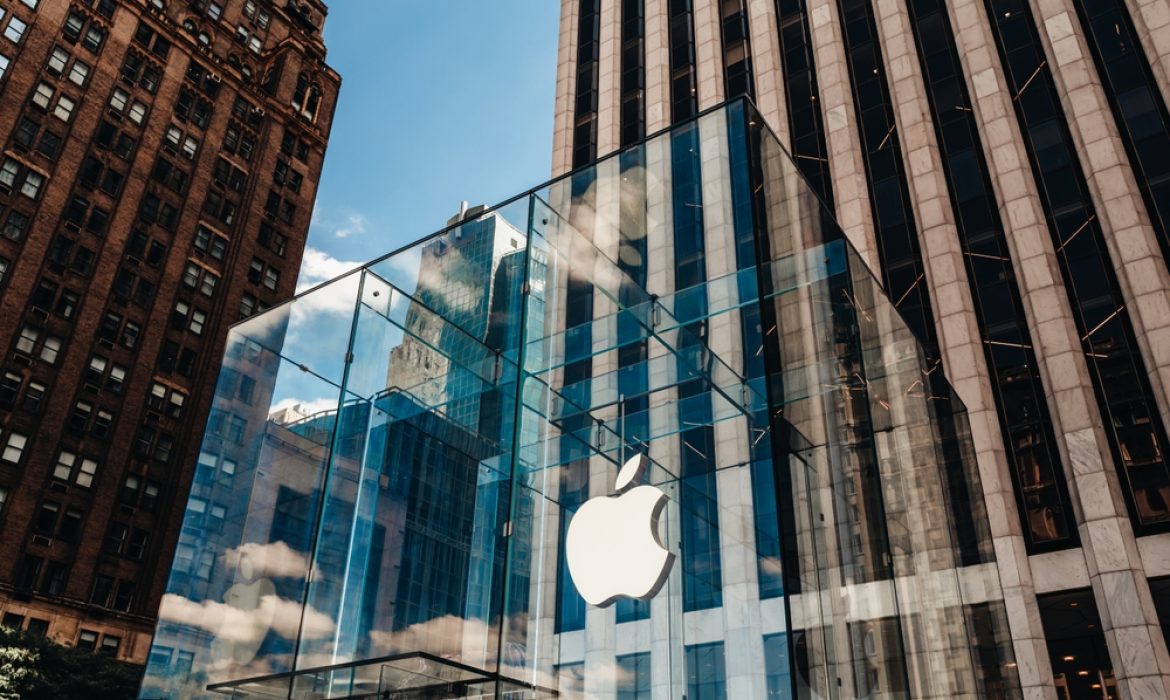Apple Inc. is embarking on a venture into personal robotics, aiming to carve a niche in what could be its next major breakthrough, insiders reveal.
Engineers at Apple have been delving into the realms of home robotics, concocting ideas for a mobile bot capable of trailing users throughout their households. Additionally, they’ve devised an advanced table-top home device employing robotics to maneuver a display, sources familiar with the matter disclose.
Despite being in the embryonic stages, this venture reflects Apple’s pressing need for fresh revenue streams. Following the abandonment of its electric vehicle project in February, coupled with the slow trajectory of its mixed-reality goggles initiative, the tech giant is eagerly seeking alternative growth avenues.
Venturing into robotics offers Apple a promising trajectory into consumers’ domestic spaces, capitalizing on the strides made in artificial intelligence. However, the specifics of Apple’s approach remain shrouded in ambiguity, with internal debates still ongoing.
Apple’s foray into robotics unfolds within its hardware engineering division and AI and machine-learning group, spearheaded by John Giannandrea. Matt Costello and Brian Lynch, executives specializing in home products, are at the helm of hardware development. Nonetheless, Apple has yet to commit to either project formally, deeming them still in the nascent research phase.
The news of Apple’s robotics exploration received a lukewarm reception from investors, with stock gains tapering post Bloomberg’s disclosure. Conversely, shares of iRobot Corp., renowned for its Roomba line, briefly surged, indicative of investor optimism surrounding Apple’s potential ventures in this domain.
Having pivoted away from automotive pursuits post the EV project’s demise, Apple is redirecting its focus toward areas like the smart home market, where it hopes to solidify its standing.
Apple’s visionary table-top robotics project initially captivated senior executives, including hardware engineering chief John Ternus. However, internal debates continue to swirl around its feasibility and consumer appeal.
Apple maintains a clandestine facility near its Cupertino campus, resembling a typical household interior, serving as a hub for testing future home-centric innovations. Among these endeavors, Apple is contemplating a new home hub device, potentially integrating an iPad-like display.
While the iPhone remains Apple’s flagship revenue generator, the company is ardently pursuing its “next big thing.” However, replicating the unparalleled success of the iPhone presents a daunting challenge.
Nonetheless, Apple’s arsenal boasts a slew of projects, including an upgraded Vision Pro, touch-screen Macs, AirPods with built-in cameras, and cutting-edge health technologies. Augmenting this lineup, robotics and AI hold promise, despite Apple playing catch-up in certain facets.
Should Apple’s robotics endeavors progress, it would join the ranks of tech titans like Amazon, which introduced its Astro model in 2021. However, mainstream adoption remains a hurdle, with products like the Roomba vacuum enjoying enduring popularity.
While Apple‘s car ambitions fizzled out, the project catalyzed advancements that underpin subsequent initiatives. For instance, the neural engine, originally conceived for automotive applications, now bolsters Apple‘s AI capabilities across its product spectrum.
As Apple seeks to redefine the future of home robotics, the company is actively recruiting talent to bolster its burgeoning teams.
An excerpt from a job posting on Apple‘s website underscores the company’s dedication to shaping the future of robotics: “Our team works at the intersection of modern machine learning and robotics to shape the AI that will power the next generation of Apple products. We are looking for innovative and hardworking ML and robotics researchers and engineers that help us research, define, and develop complex intelligent robotic systems and experiences in the real world.”
Source: Bloomberg


